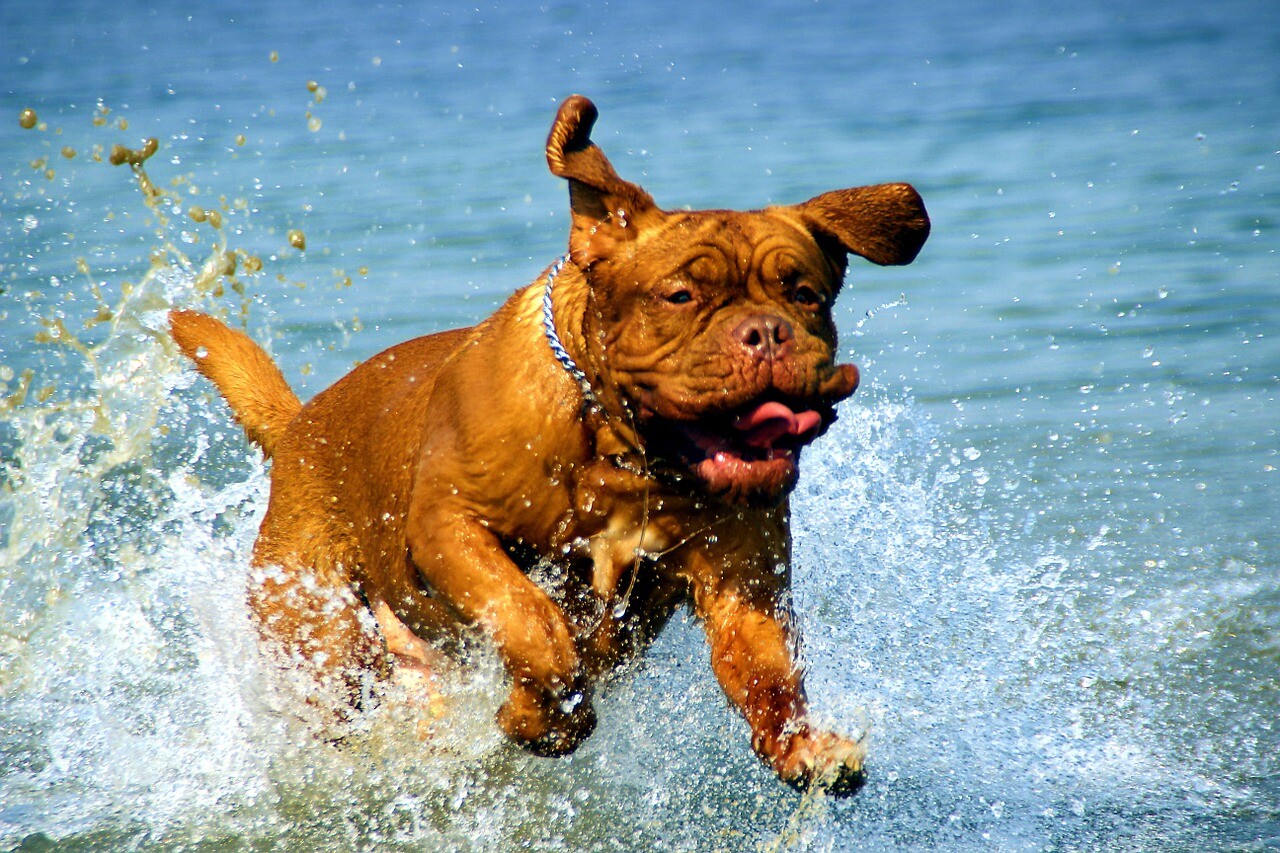How harmful is dog urine?
The amount of feces and urine in dogs in nature reserves is already damaging wildlife, a new study found.

According to the analysis, the over-fertilization of the soil with nitrogen and phosphorus along the paths reaches an illegal level.
The scientists used the number of dogs that visited the four nature reserves around Ghent in Belgium in 18 months. In their view, the situation is similar in the rest of Europe, home to some 87 million dogs, writes The Guardian.
During their walks, dogs leave an average of 11 kilograms of nitrogen and 5 kilograms of phosphorus per hectare per year. This is a level of pollution similar to that from agriculture, industry and transport: 5-25 kilograms of nitrogen per hectare can be bound to these. The effect of dog by-products is therefore significant.
Farmers who walk on all fours believe the dog poop does no harm to the environment. But most ecosystems are low in minerals, and over-fertilization reduces biodiversity by causing some plants, such as nettles or bear soles, to proliferate and suppress other plants, as well as animals whose existence depends on these plants.
We were very surprised at how high the mineral from the dogs could be. Atmospheric nitrogen from agriculture, industry and transport is rightly receiving much attention, while the problem caused by dogs is not being addressed in this regard, said Pieter De Frenne, a researcher at the University of Ghent.
Researchers estimated nitrogen and phosphorus levels based on the situation when dogs are led on a leash and roam within a 2-meter radius of the trails.

In a study presented in the scientific journal Ecological Solutions and Evidence, more than 1,600 dogs were counted during 500 visits to nature reserves. These data were combined with known levels of nitrogen and phosphorus excreted by the dogs to estimate total deposited nutrients.
Experts also recorded whether the dogs were on a leash. Taking this into account, 126 kilograms of nitrogen per hectare per year can be deposited along the trails and 4 kilograms in the rest of the nature reserve. If all dogs were kept on a leash, the amount next to the trails would increase to 175 kilograms.
If all the feces were picked up and taken away by the owner, almost all of the phosphorus would disappear, but only half of the nitrogen, as the dogs ’urine contains significant amounts of nitrogen but little phosphorus.
Previous research reveals that high mineral levels would persist for three years after dogs are banned.
(Source: marmalade.co.uk; MTI | Image: pixabay.com)





















